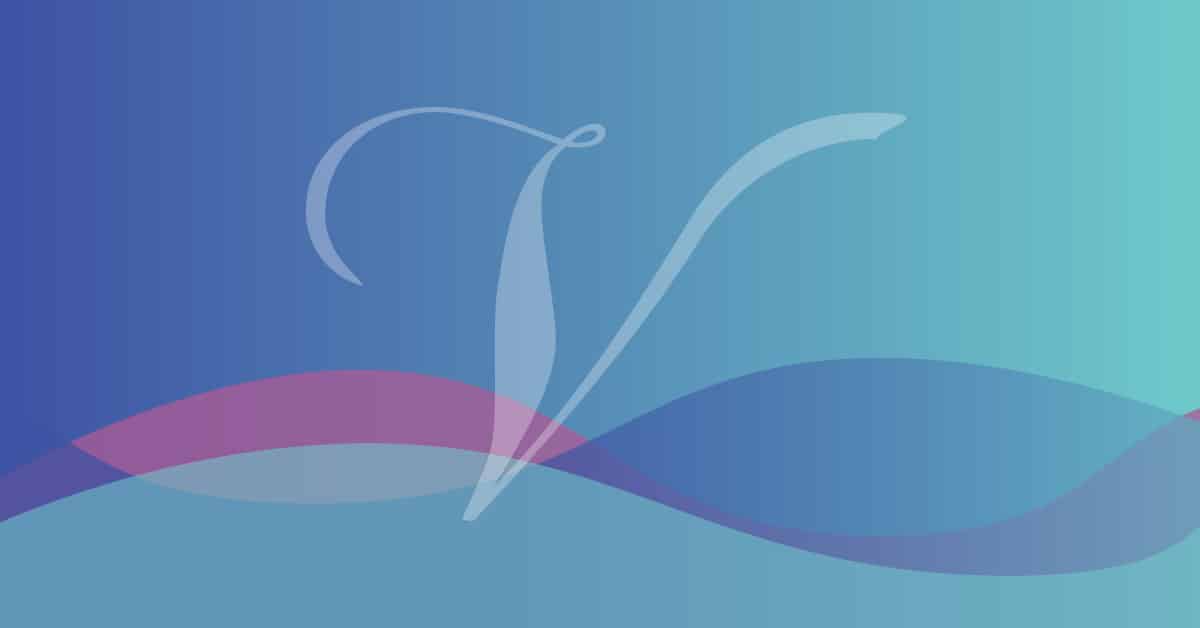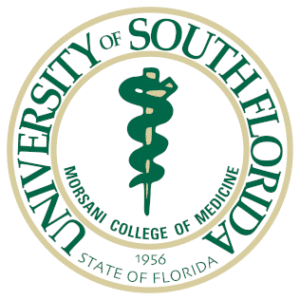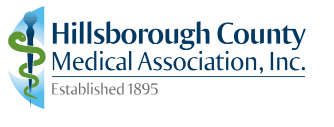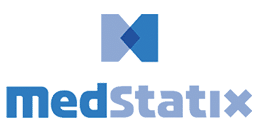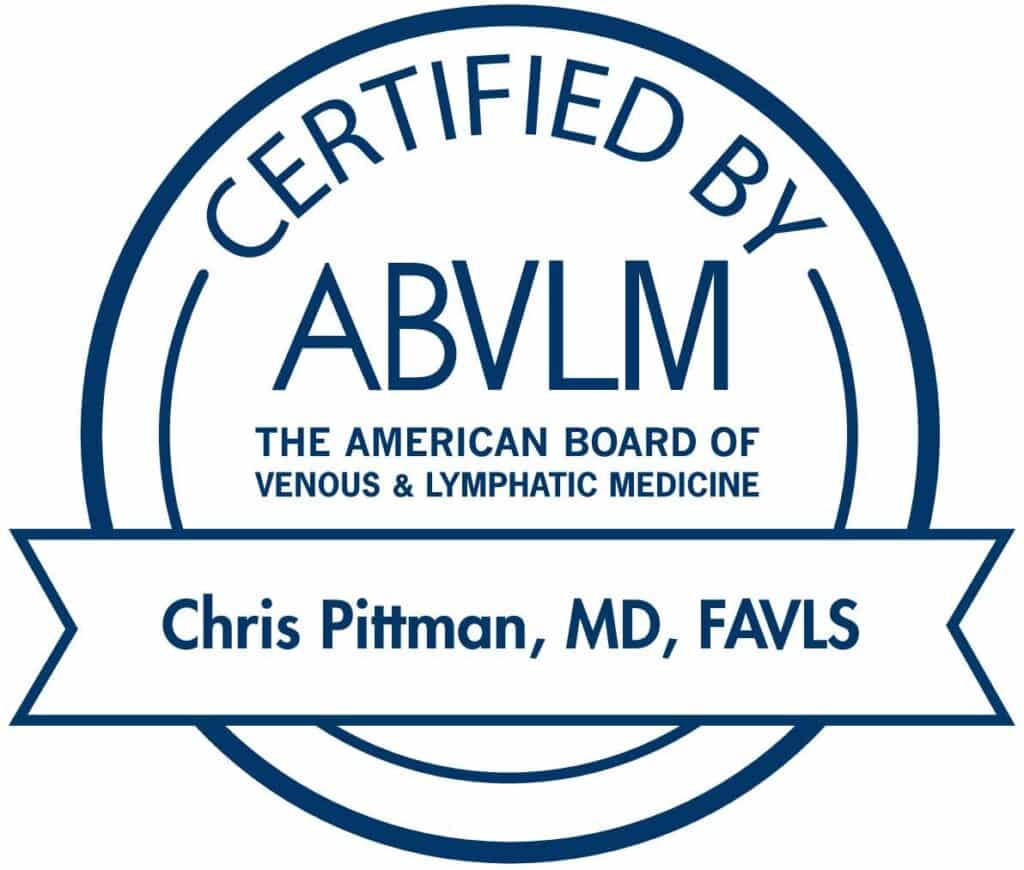The Importance of Vein Health
Nobody likes varicose veins, but few people realize just how serious the condition can be. These dark, bugling and twisting veins are widely reviled for aesthetic reasons. They can make otherwise smooth, unblemished, and youthful skin appear lumpy, mottled, and, quite frankly, old.
However, people who suffer from varicose veins have much more to worry about than mere good looks. The condition can be uncomfortable if not downright painful. It can also be a sign of a lack of adequate blood flow (otherwise known as venous insufficiency).
Healthy leg veins fight gravity to carry blood upward, but when these veins become ravaged by disease or disorder, they can no longer return blood to essential organs such as the heart and lungs. Under the force of gravity, blood begins to pool within affected veins, causing them to darken and protrude.
Varicose Vein Symptoms
Due to their distinctive nature and easily identifiable features, varicose veins are typically self-diagnosable. The two primary visible signs of varicose veins are….
- Vein discoloration (typically dark purple, blue, or red in color)
- Twisted and bulging veins (which often look like thick cords under the surface of your skin)
Although not all cases of varicose veins will manifest symptoms of pain and/or discomfort, pain becomes much more likely as the condition progresses. Advanced varicose vein symptoms include…
- Aching, burning, throbbing, cramping in the lower legs
- A heavy feeling in the lower legs
- Inching on or around diseased veins
In particularly pronounced cases of varicose veins, individuals may experience color changes of the skin, hardening of varicose veins, topical bleeding from varicose veins, and a painful cord within one or more varicose veins. Individuals can also develop skin ulcers on or near the ankle. If an ulcer develops, however, emergency medical attention is immediately required. These ulcers are signs of a serious form of vascular disease that must be treated without delay.
Varicose Vein Treatment
Thankfully, modern medical science has developed a range of treatments to mitigate the effects of varicose veins or eliminate them altogether.
- Ultrasound-Guided Sclerotherapy – A non-invasive procedure that requires no anesthesia and can be performed in your doctor’s office, ultrasound-guided sclerotherapy eradicates pain and handles aesthetic concerns by removing diseased veins completely and permanently. This procedure takes only a few minutes to complete, using a small hypodermic needle to inject affected veins with a chemical solution that causes the vein to close, collapse, and ultimately reabsorb into the surrounding tissue.
- Endovenous Laser Treatment – Commonly abbreviated as ELT or EVLT, endovenous laser treatment provides rapid and practically pain-free results. This procedure requires a single small incision to introduce a catheter under the skin. The doctor then inserts a laser fiber through the catheter and uses ultrasound-guided to target laser light on specific problematic areas. Damaged by this light, the vein ultimately closes and is gradually reabsorbed into the body.
For More Information
If you’re in the greater Tampa Bay area and you have questions about varicose veins or varicose vein treatment, contact Dr. Chris Pittman and the medical specialists at Vein 911. A skilled and knowledgeable vein expert is standing by to assist you.

